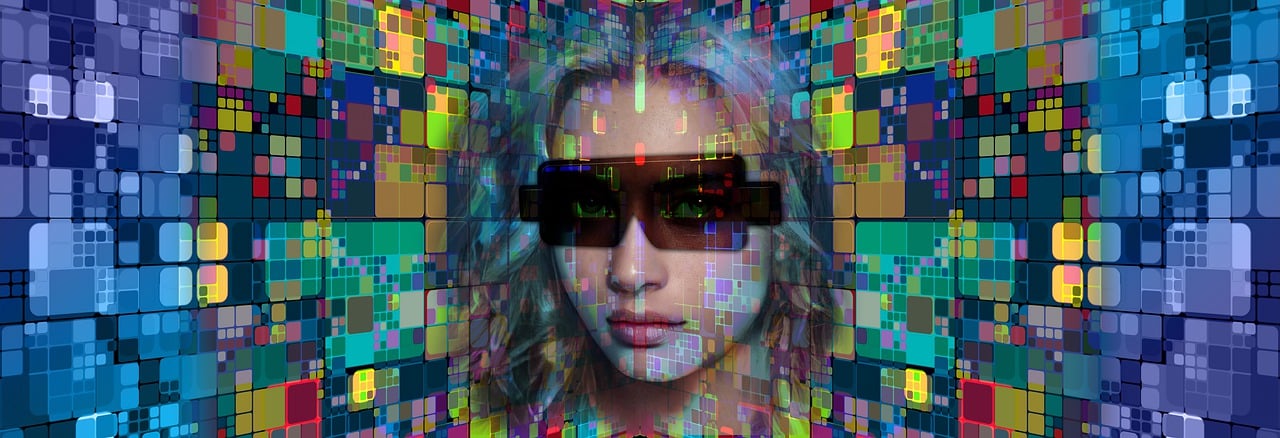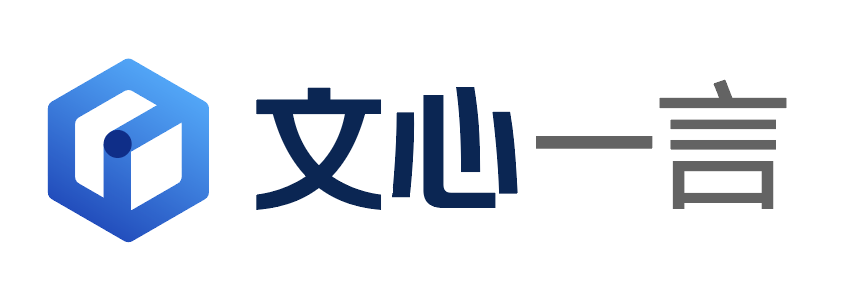
A Canadian AI firm is testing a technology that will enable machines to classify lunar group features on Rashid rover.
Artificial intelligence is about to reach the moon as a Canadian machine learning technology will hit the moon’s surface on the Rashid rover, a United Arab Emirates rover that travelled with SpaceX on December 11.
Hosted on Japan’s ispace lander, the Rashid rover will explore the lunar surface in search of mineral resources and other items of interest this Spring. According to the AI company, Canadian technology will guide the rover’s decision-making. This will be the first time an AI will reach beyond low Earth orbit.
NASA will be keeping tabs on this development as a successful outcome will be big for the organization’s moon push. According to Ewan Reid, the Mission Control Space Services CEO, “AI will become a significant tool in making key decisions onboard spacecraft”. Speaking on NASA’s quest for water on the moon, Reid noted that AI efforts transcend that. He added that AI will make the “Earth’s observation more efficient.”
Mission Control Space Services to the moon
Unlike flamboyant Canadian space projects like Canadarm, which served the International Space Station and the Shuttle, Mission Control Space Services is a smaller Canadian space project. The company, however, plays a pivotal role in providing essential components or software that fly in the background. According to CEO Reid, this is why AI exploration with Canadian Space is a welcomed development.
If all goes according to plan, Rashid will likely run for just a lunar day (14 Earth days). Although there is no plan for it to last the lunar night, Mission Control is content with that as a demonstration mission. The organization aims to maximize every minute Rashid spends on the moon.
“We see an enormous opportunity for deploying AI on the edge, in space. If all goes to plan, our lunar demonstration will allow Mission Control “to support other companies and organizations as they work to deploy AI in their missions in the future.”
Ewan Reid, Mission Control Space Services CEO
The Japanese lander will manage communications with Earth and send the rover’s navigation images to Mission Control. According to Reid, the company’s algorithm will enable “every single pixel to be classified as a certain type of terrain”.
Reid further explained that the output would be transmitted to the ground. Thereafter, it will be employed by engineers and scientists at Mission Control Canadian offices and other universities in Canada. According to the CEO, they need the AI to classify certain features and identify critical mission items like craters and rocks. Once this happens, Reid says, “subsequent missions will take the human out of the loop.”
According to Reid, AI can hold a sizable limited satellite bandwidth on the moon. This is because it would share only the images, videos, and data the scientists need. The technology can be valuable in the solar system for removing clouds from planetary photos or detecting “dark” ships on Earth that are attempting to sail without registration.



